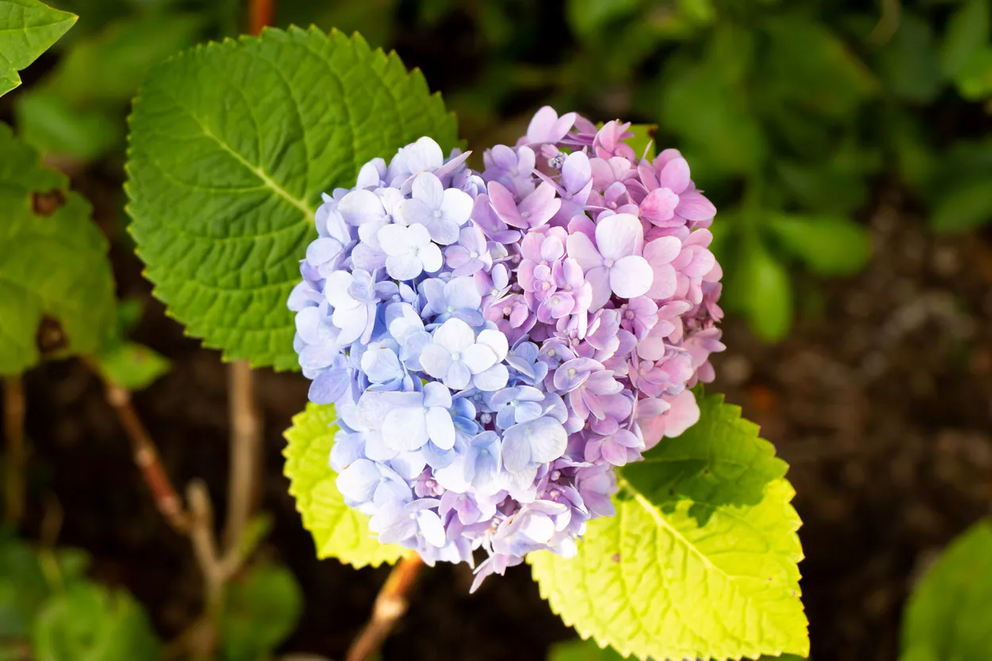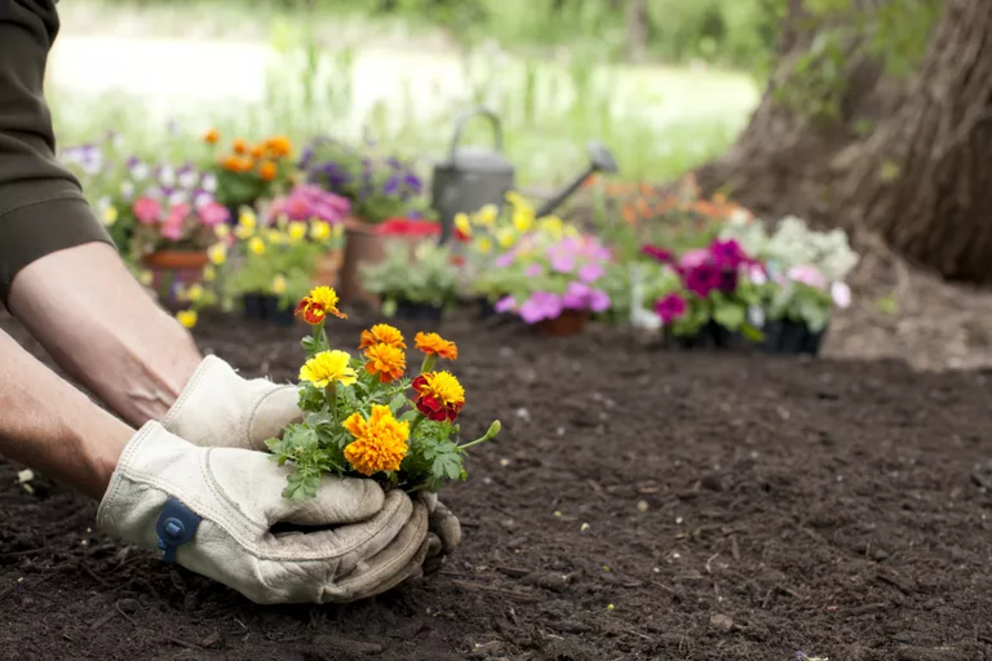How to make your garden soil more acidic: five ways and what to avoid
Also, identify the signs that your soil needs more acidity.
A lush Hawaiian landscape in acidic volcanic soil is proof enough that plants can thrive in all sorts of soil. While too much acidity can be deadly for plants, many prefer moderately acidic soil with a pH between 5.5 and 6.5. If your soil isn't acidic enough, there are ways to fix the problem.
What Is pH?
pH is the measure of the soil's acidity or alkalinity. A pH scale runs from 0 to 14, with 7.0 being considered “neutral.” Any number below 7.0 is considered acidic and anything above is alkaline.
When to Raise Soil Acidity
Where you live can be an important influence on your soil's acidity. As a general rule, the more rain an area receives, the more likely the soil is to be acidic since rain leaches out alkaline elements such as sodium, calcium, and magnesium.
Farming practices affect a soil's pH. Nitrogen and sulfur fertilizers can increase the acidity of soils, and agricultural crops draw out essential alkaline nutrients, leaving a more acidic soil behind.
Geology and soil type also play a role. Sandy soils drain more quickly and leach away alkaline nutrients that clay soils retain. Soil eroded from granite will be more acidic than soil from limestone or shale. Limestone-based cement can also raise the nearby soil's pH.
Lawns are often treated with lime to increase the alkalinity of the soil, so if you're converting a lawn to a garden, you may need to amend the soil to increase its acidity.
But the biggest factor is deciding which plants you want to grow. If you want healthy blueberries or blue-flowered hydrangeas, you'll want to have a relatively low pH of 4.0 to 5.0. Potatoes, apples, azaleas, and junipers also do better in acidic soils.
 Hydrangeas turn blue with higher levels of acid in the soil.
Hydrangeas turn blue with higher levels of acid in the soil.
Signs Your Soil Needs More Acid
There are a number of ways to determine the pH level of your soil. You can use the old-fashioned method of smelling or even tasting your soil, though the latter method is not recommended. There are ample DIY methods to test your soil's pH, but you can also find low-cost pH tests at local garden centers or send your soil to your state's cooperative extension service to get your soil tested.
Examining your plants can help you determine whether you need to amend your soil. Soil that's too alkaline can make it difficult for plants to absorb some key nutrients:
- Without adequate phosphorus, new leaves may be stunted or seeds and fruit may be underdeveloped.
- An iron deficiency reveals itself in yellowish leaves and stunted growth.
- Wilted leaf tips or yellowing of the tissue between leaf veins can be a sign of either zinc or copper deficiency.
- Yellow spots or holes between the veins are often a sign of a lack of manganese.
Treehugger Tip
A single point change on the pH scale means a ten-fold increase or decrease in acidity, so changing your soil's pH by more than one point isn't easy or quick. You might consider growing plants in pots or raised beds where you can better control the soil.
5 Ways to Make Soil More Acidic
Here are the best ways to make your garden soil more acidic. These are listed in order of preference.
1. Compost
Compost may not change the pH of your soil, but it can contain the essential nutrients that are lacking in your alkaline soil, as well as retain moisture and provide a home for beneficial organisms.
2. Agricultural Sulfur
Organic agricultural sulfur is long-lasting, but it does little good applying it directly to plants. Work it into the soil in the summer or fall in the year prior to planting, then water it in. Use with care, keeping children and pets away.
3. Iron Sulfate
If a soil test reveals an iron deficiency in your soil, iron sulfate can solve two problems at once. It works more quickly than agricultural sulfur, but should be used in moderation, otherwise it can damage plants. In powdered form, it is dug into the soil. In solution form, it's applied with a foliar sprayer.
4. Coffee Grounds

Applying coffee grounds directly to soil can harm your plants. Mixed into a compost, however, they can increase the acidity of your soil. Apply one part coffee grounds to four parts other organic material.
5. Organic Commercial Fertilizers
Crystalline or water-soluble organic fertilizers made for acid-loving plants are available at garden centers . They should be applied in spring or late fall, either around the base of plants or worked into the soil. As always, follow the package directions.
4 Ways to Avoid
There are also a number of frequently recommended ways to raise acidity that you are better off avoiding.
1. Pine Needles and Oak Leaves
Green pine needles and freshly fallen oak leaves have a slightly acidic content, but those acids are neutralized as the needles and leaves age and decay. The reason soil tends to be acidic around pine and oak trees is because these trees grow well in acidic soil, not because they make it acidic.
2. Peat Moss
The harvest of peat moss is not sustainable, and when healthy, carbon-rich peat bogs are essential to combating climate change. When they are disturbed by harvesting and left to dry out, they release their long-stored carbon into the atmosphere.
3. Aluminum Sulfate
Aluminum sulfate can form sulfuric acid when mixed with water and can irritate skin or eyes and burn plants. Aluminum runoff can also pollute ground water.
4. Ammonium Sulfate
While ammonium sulfate is a safer alternative to aluminum sulfate, until cleaner, greener ways to produce ammonium come online, ammonia production is highly carbon-intensive.
Treehugger Tip
Working with nature is a lot easier than trying to change it. Rather than change your soil's pH, consider growing any of the hundreds of plants that prefer a more alkaline soil. Or learn to love pink hydrangeas.

